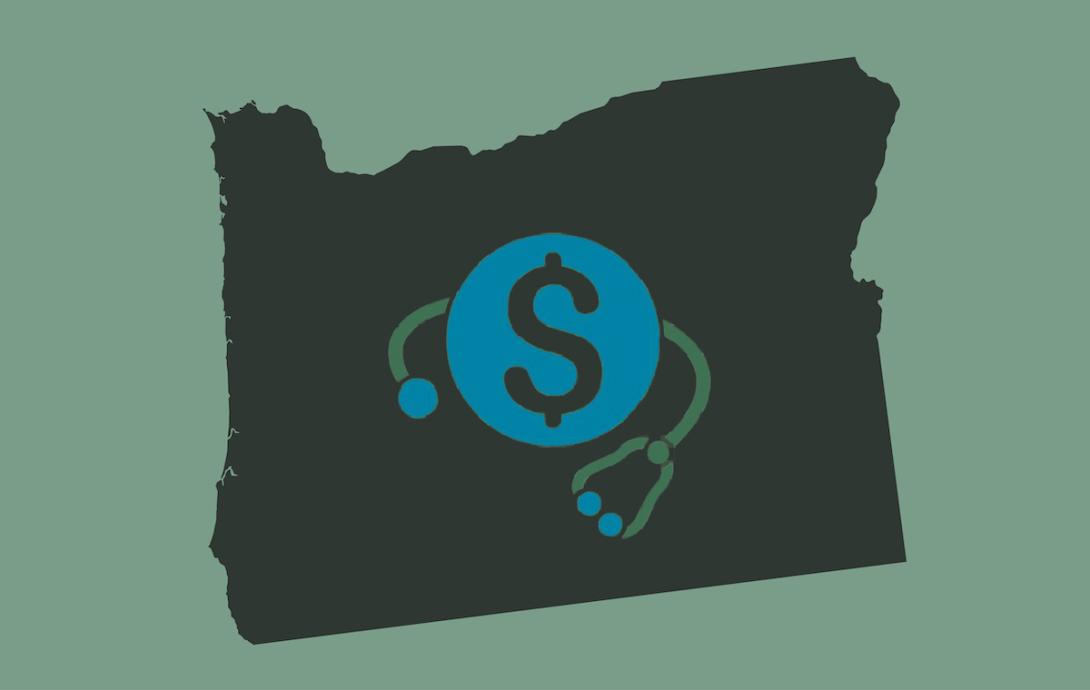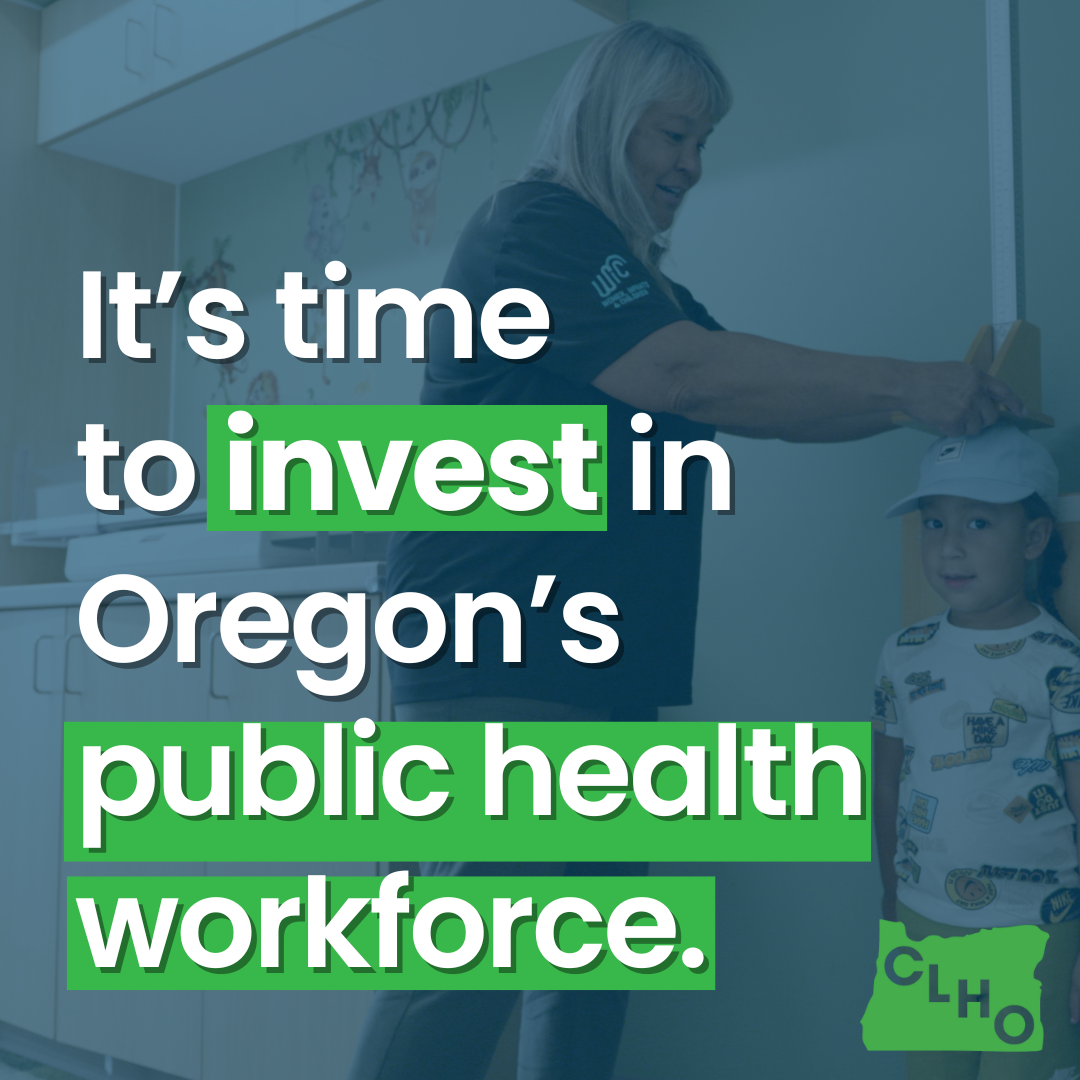
The state is looking for people to join an advisory committee for a new program that provides free health care to lower-income people.
Called OHP Bridge, the new program emulates the benefits of the Medicaid-funded Oregon Health Plan while covering a swathe of people who make much to qualify for it.
Specifically, it would cover those who earn between 135% and 200% of the federal poverty level.
Lawmakers’ intent for the new plan was to increase health coverage and improve continuity of care. People who have lower incomes tend to have a higher likelihood of being sick and also are disproportionately people of color.
Oregon is only the third state to pursue such a program, and the first to build one from scratch. It's expected to cover tens of thousands of lower-income people in its first year.
To create the new plan, the state obtained a federal waiver allowing it to shift people with qualifying incomes away from the Oregon Health Insurance Marketplace that connects individuals with commercial insurance, while funding the program with marketplace subsidies that otherwise would have been used to bring commercial premiums down.
Members of the new advisory committee will receive a stipend and serve two-year terms, spending an estimated 2-3 hours a month on committee work, according to an Oregon Health Authority press release. The group will meet monthly for the first six months and quarterly after that.
The agency “is seeking applicants from across the state with a wide range of backgrounds and experiences,” according to the release. “Ideal applicants are passionate about increasing access to high quality health coverage and eliminating inequities in Oregon.”
To populate the new group the state wants to choose two members of OHP Bridge, two representatives of “health care organizations,” two providers, two consumer advocates, a health equity specialist, a Tribal member and a community navigator or assister.
Members of the new committee “will help guide this new benefit and provide recommendations to the government agencies that run it.” Its goal “is to create a space for OHP Bridge members, advocates, and health care administrators to inform OHP Bridge operations.”
Unanswered questions
The announcement does not add any other detail about the tasks and topics that will be assigned to the new committee, including whether they will include lingering questions about its cost and unintended consequences.
Commercial insurers, who will see small decreases in their revenue due to the new Oregon program, had opposed it, highlighting the fact that due to a complicated facet of federal law, the new program’s creation would lead to premium hikes for many Oregonians who make more than 200% of the federal poverty level.
Lawmakers approved the plan before its details were crafted by the Oregon Health Authority. The legislators directed the agency to take steps to minimize premium hikes stemming from creation of the new program. However, the agency was not successful in obtaining federal approval for its plan to curb the premium hikes.
If the state's consultant is correct, some Oregonians' insurance premiums could jump by tens or hundreds of dollars a month over the next few years due to the new program and a complicated wrinkle of federal law.
Another question mark for the Oregon program is cost. State officials say the program won't need additional subsidies beyond the federal funds diverted from the commercial insurance marketplace.
Last year a report from a well-regarded insurance think tank at Georgetown University presented a more skeptical picture, warning that such a program would be hard to sustain in states like Oregon.
